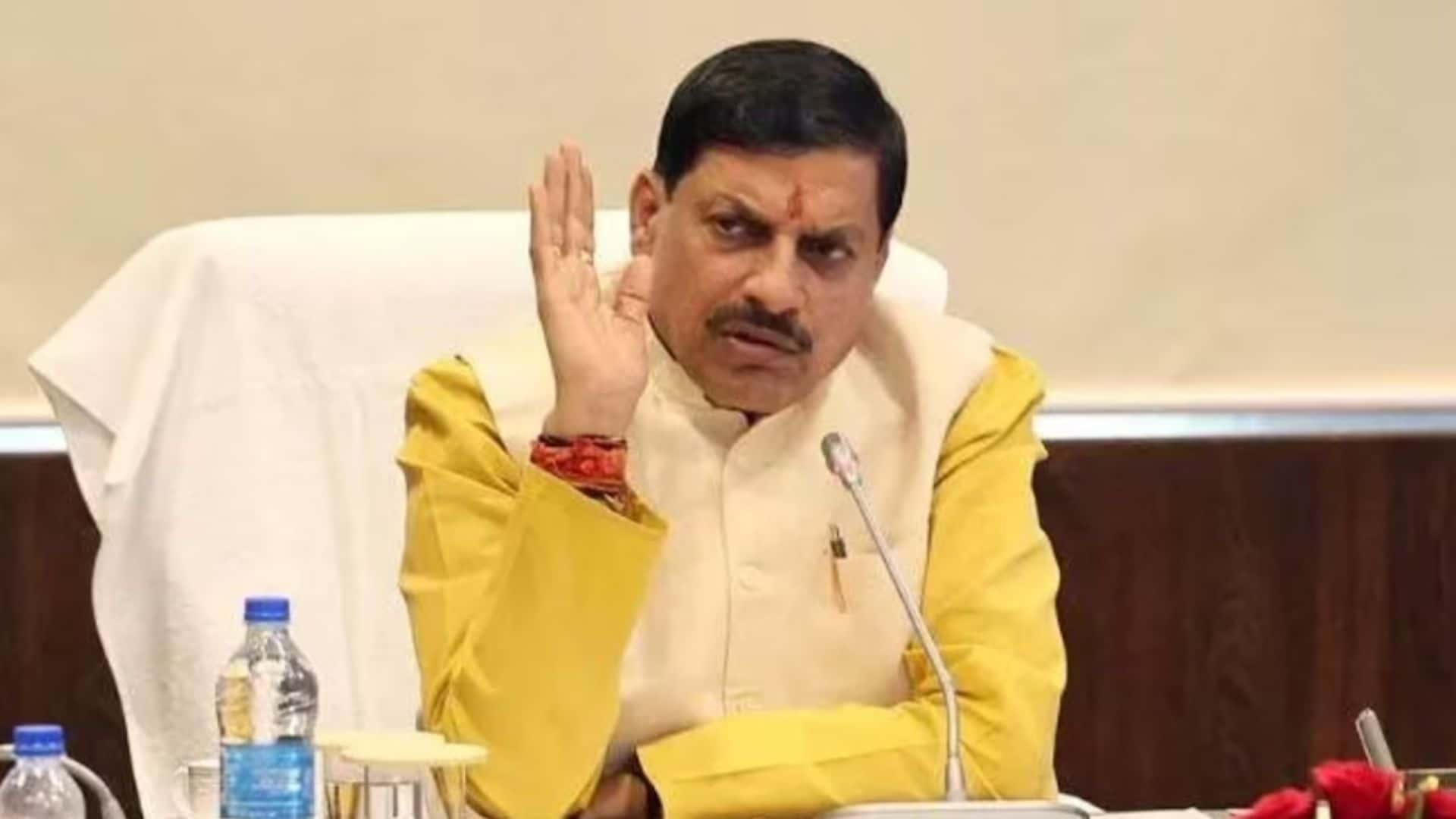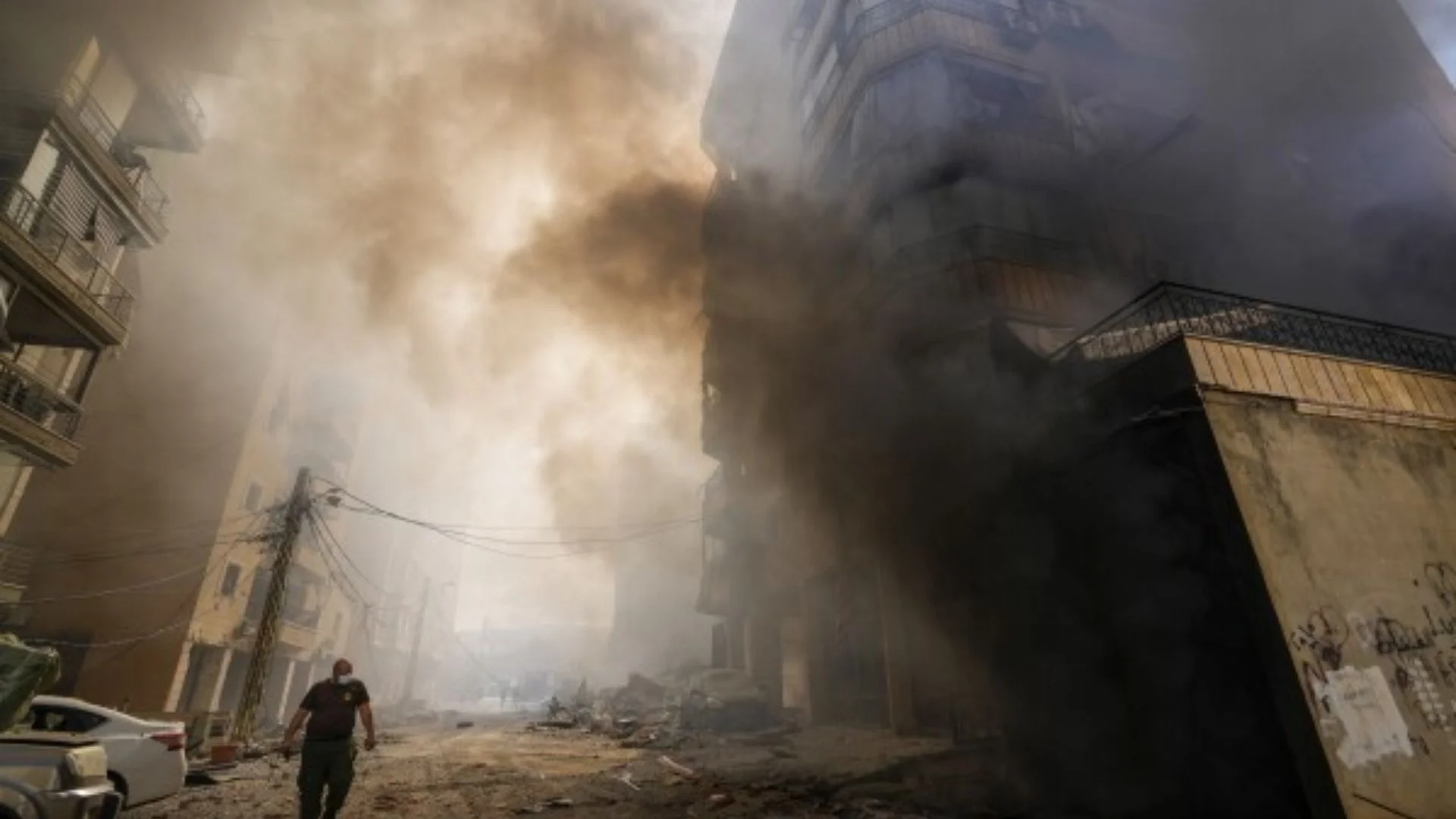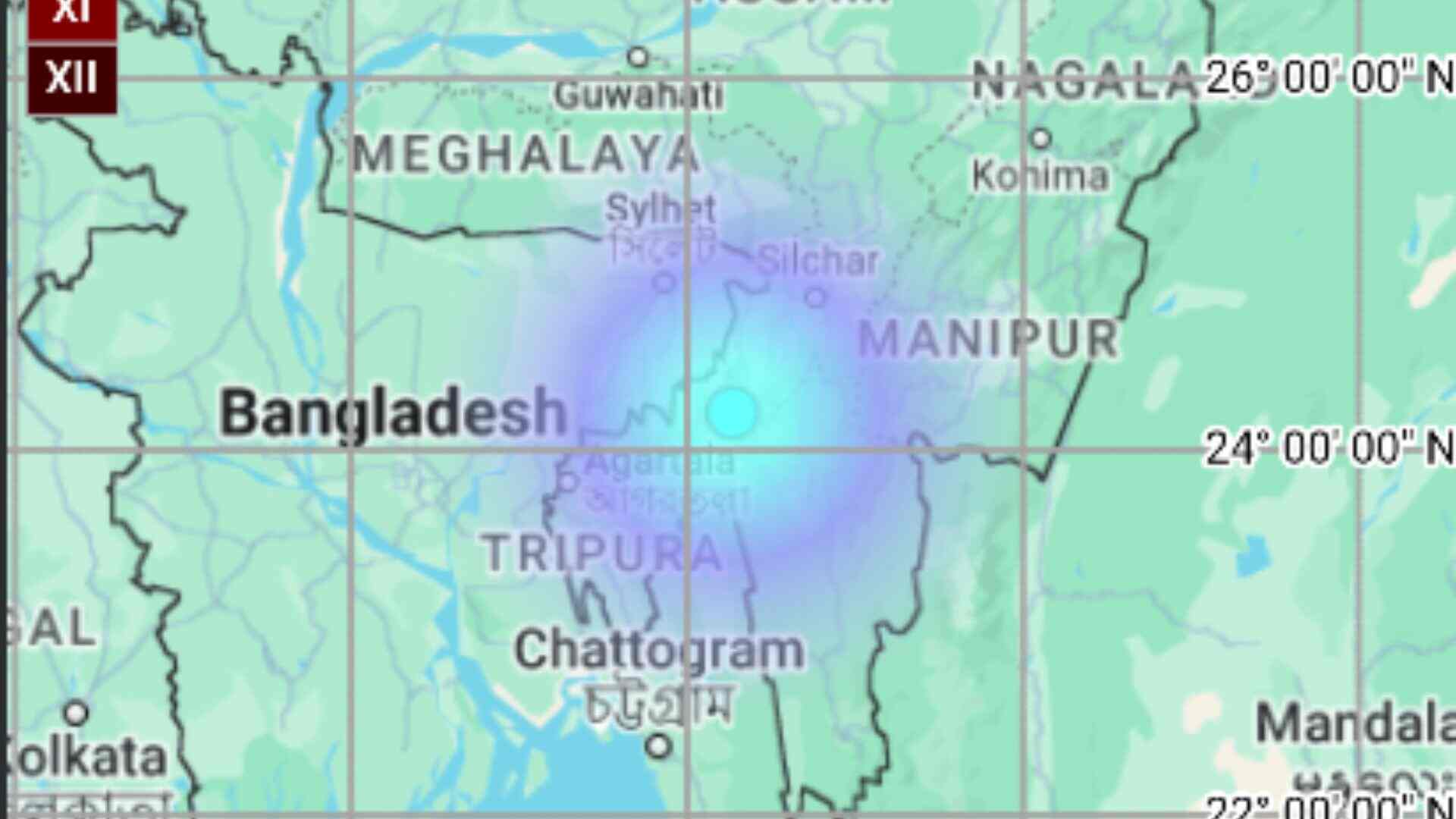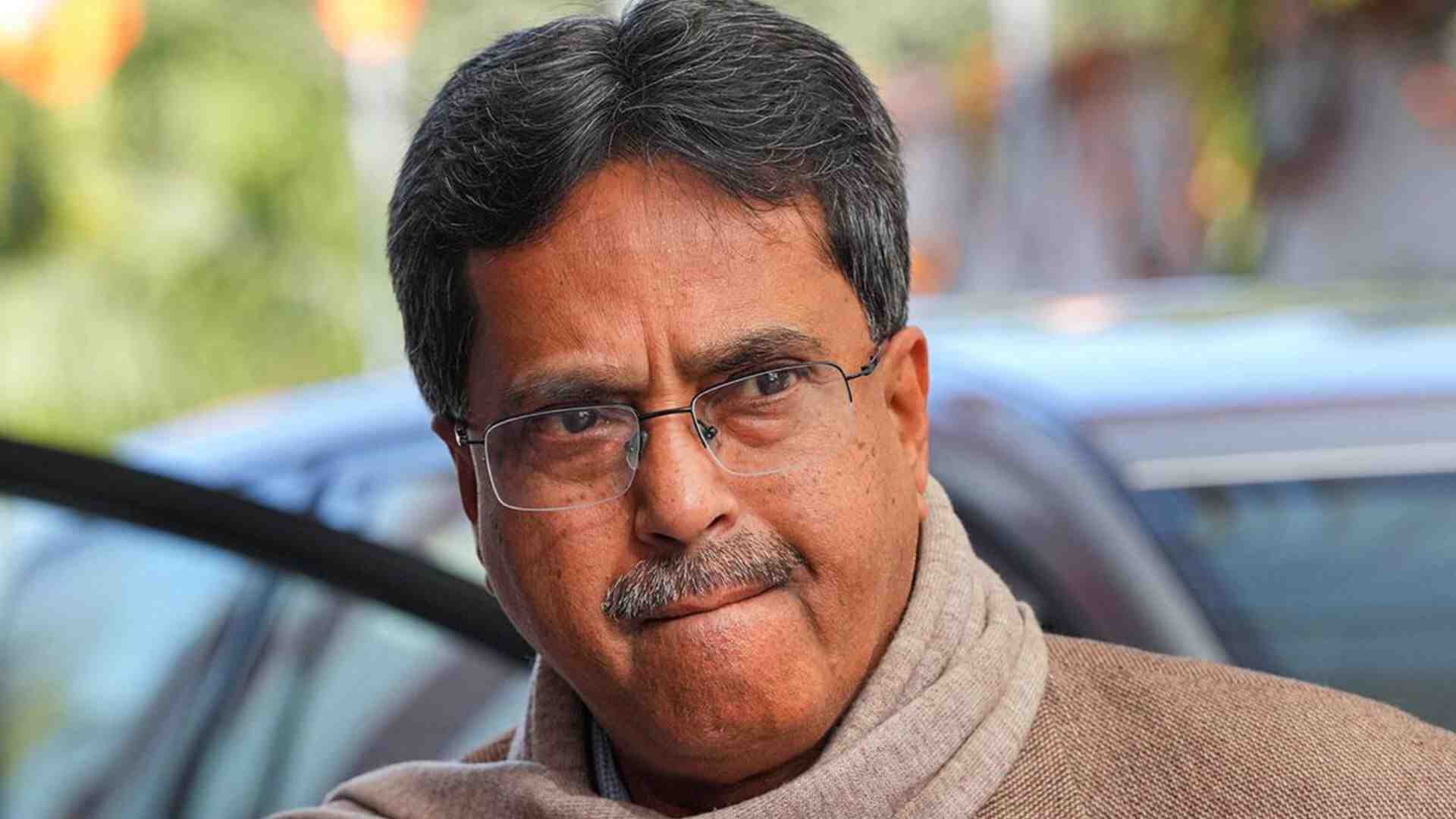ollowing the revelation of the Ram Lalla idol on Monday at the Shri Ram Janmabhoomi Temple in Ayodhya, worshippers at the Shri Radha Krishna Mandir in Chandigarh’s Sector 18 (C) marked the occasion with a festive community feast (Bhandara) and the joyful display of fireworks.
One of the devotees present at the celebrations said, “Today a function was held over here during the Pran Pratishtha ceremony and the occasion was celebrated similarly to the occasion of Diwali. People were excited and a great programme was organised in which they participated actively. The Ramayana Path has also been completed today.”
The idol of Lord Ram was unveiled in the presence of Prime Minister Narendra Modi.
The Prime Miniter led rituals at the Pran Pratishtha ceremony in the sanctum sanctorum of the grand temple.
The ceremony was held in an atmosphere of a deep sense of devotion.
Indian Air Force (IAF) choppers showered flower petals over Shri Ram Janmaboomi Temple premises in Ayodhya as the idol of Ram Lalla was unveiled.
Devotees and guests chanted ‘Jai Sri Ram’ as the ceremony was held.
RSS Chief Mohan Bhagwat, Uttar Pradesh Governor Anandiben Patel and state Chief Minister Yogi Adityanath were present at the ceremony.
The magnificent Shri Ram Janmbhoomi Mandir is constructed in traditional Nagara style. Its length (east-west) is 380 feet; width 250 feet and height is 161 feet; and is supported by a total of 392 pillars and 44 doors. The pillars and walls of the temple showcase intricately sculpted depictions of Hindu deities, gods, and goddesses. In the main sanctum sanctorum at the ground floor, the childhood form of Bhagwan Shri Ram (the idol of Shri Ramlalla) has been placed.
The main entrance to the Mandir is situated on the eastern side, which can be approached by ascending 32 stairs through the Singh Dwar. There are a total of five Mandaps (Halls) in the Mandir – Nritya Mandap, Rang Mandap, Sabha Mandap, Prathana Mandap and Kirtan Mandap. Near the Mandir is a historic Well (Sita koop), dating back to the ancient era. In the southwestern part of the Mandir complex, at Kuber Tila, the ancient Mandir of Bhagwan Shiv has been restored, along with the installation of a statue of Jatayu.
The foundation of the Mandir has been constructed with a 14-meter- thick layer of roller-compacted concrete (RCC), giving it the appearance of artificial rock.
No iron is used anywhere in the Mandir. For protection against ground moisture, a 21-foot-high plinth has been constructed using granite. The Mandir complex has a sewage treatment plant, water treatment plant, water supply for fire safety and an independent power station. The Mandir has been constructed employing the country’s traditional and indigenous technology.














